Throughout much of the past century, the idea of a gold standard for national currencies has been routinely linked with laissez-faire economics and “classical liberalism”—also known as “libertarianism.” It’s not difficult to see why. During the second half of the nineteenth century—as free-market liberalism was especially influential in much of Western Europe—it was the liberals who pushed for the adoption of the system we now know as the classical gold standard (CGS), which reigned supreme in Europe from approximately 1870 to 1914. The liberals pushed for this change at the time for several reasons. The liberals believed that the CGS would facilitate globalization and international trade while reducing so-called transaction costs. The CGS also created a more
Topics:
Ryan McMaken considers the following as important: 6a) Gold & Monetary Metals, Featured, newsletter
This could be interesting, too:
RIA Team writes The Importance of Emergency Funds in Retirement Planning
Nachrichten Ticker - www.finanzen.ch writes Gesetzesvorschlag in Arizona: Wird Bitcoin bald zur Staatsreserve?
Nachrichten Ticker - www.finanzen.ch writes So bewegen sich Bitcoin & Co. heute
Nachrichten Ticker - www.finanzen.ch writes Aktueller Marktbericht zu Bitcoin & Co.
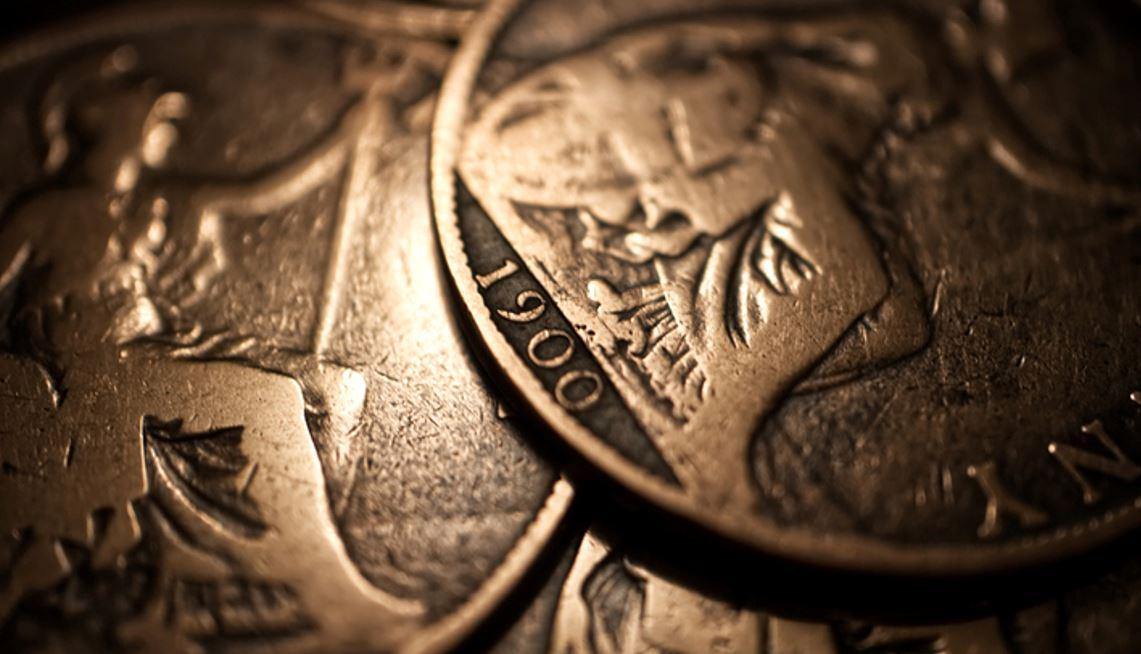 Throughout much of the past century, the idea of a gold standard for national currencies has been routinely linked with laissez-faire economics and “classical liberalism”—also known as “libertarianism.” It’s not difficult to see why. During the second half of the nineteenth century—as free-market liberalism was especially influential in much of Western Europe—it was the liberals who pushed for the adoption of the system we now know as the classical gold standard (CGS), which reigned supreme in Europe from approximately 1870 to 1914.
Throughout much of the past century, the idea of a gold standard for national currencies has been routinely linked with laissez-faire economics and “classical liberalism”—also known as “libertarianism.” It’s not difficult to see why. During the second half of the nineteenth century—as free-market liberalism was especially influential in much of Western Europe—it was the liberals who pushed for the adoption of the system we now know as the classical gold standard (CGS), which reigned supreme in Europe from approximately 1870 to 1914.
The liberals pushed for this change at the time for several reasons. The liberals believed that the CGS would facilitate globalization and international trade while reducing so-called transaction costs. The CGS also created a more transparent monetary system in the sense that national currencies were explicitly tied to specific amounts of gold. Moreover, the CGS eliminated the alleged inefficiencies of bimetallism.
Today, free-market liberals continue to be linked to the CGS—and to commodity-based money in general—because the CGS potentially limits the degree to which a state regime can debase the currency.
Yet it is also easy to overstate the degree to which the CGS can be described as laissez-faire or as a system that truly works against the interests of state power.
In fact, the classical gold standard was key in solidifying state control over national monetary systems. This was understood by the nationalists of the time, who viewed the gold standard as an instrument of increasing national prestige, sovereignty, and state power.
Although many liberals apparently hoped that the classical gold standard would render national currencies irrelevant in a truly globalized world, this did not happen. Instead, the CGS appears to have in many ways set the stage for what came later: Bretton Woods and floating fiat currencies.
An analysis of these historical trends brings us to an important conclusion: it is not enough to wax nostalgic about the classical gold standard and seek a return to nothing more than gold-backed national currencies. Rather, the very idea of national currencies must be abandoned altogether, while embracing true currency competition and private commodity money.
The Classical Gold Standard: Better than Fiat Currencies, but Not Ideal
F.A. Hayek identified the central role of the state in the classical gold standard when he wrote in The Denationalisation of Money: “I still believe that, so long as the management of money is in the hands of government, the gold standard with all its imperfections is the only tolerably safe system. But we certainly can do better than that, though not through government.”1
In other words, a gold standard of the classical variety would clearly be an improvement over today’s status quo. But it is ultimately a monetary system that remains “in the hands of the state.”
So what is the ideal? Hayek concludes: “If we want free enterprise and a market economy to survive we have no choice but to replace the governmental currency monopoly and national currency systems by free competition between private banks of issue.”2
In order to understand this contrast between gold-backed national currencies and truly private money, it is helpful to look at the monetary situation that existed before the rise of the classical gold standard. This was not a period absent government intervention, of course. But it was a period during which true currency competition took place, albeit with government competitors thrown into the mix.
Before National Currencies and the Classical Gold Standard
Many of these earlier monetary milieus were very different from the nineteenth-century situation now generally known simply as “the gold standard.” Yet many opponents of fiat money today often fall into the error of labeling any sort of metal-based money as a gold standard.
This is quite typical in explanations of the history of money among both supporters and detractors of the use of commodity money. Consider an “educational” video titled “The Gold Standard Explained in One Minute” which provides a fairly typical example of the problem. The video follows the usual timeline employed in these summaries of money’s history. It goes like this: thousands of years ago, people began minting gold coins. Then they put those coins in vaults. Then, in 1945, that ended with the Bretton Woods system. Then gold’s link to money was abolished altogether in 1971. Now we use fiat money. The end.
This is imprecise to say the least. Rather, most of monetary history is more accurately described as a decentralized system of competing banknotes and competing coins made of copper, silver, and gold. The issuance of banknotes was predominantly private—a practice pioneered by Italian bankers in the Middle Ages—until the nineteenth century.
As Eric Helleiner describes it, “Before the introduction of the gold standard, countries usually had rather heterogeneous and often quite chaotic monetary systems under which the state exercised only partial control.”3 Historically, coins could be minted by private mints or by mints granted government monopolies. But coins from a wide variety of jurisdictions often circulated freely within each polity. Moreover, the most frequently used coinage was often silver and not gold. In fact, much of the world from the sixteenth century to the nineteenth century was closer to being on a silver standard than a gold standard. An important example of this is the silver Mexican dollar which circulated freely in the Americas and in East Asia into the nineteenth century. It was not until the 1870s that the world abandoned Mexican dollars—and other types of silver monies—in order to embrace the emerging gold standard.
Why a Monometallic Gold Standard?
So how did the world move toward a gold standard? David Glasner explains its origins:
Although ancient currencies were made of precious metals, the concept of a formal monetary standard was an innovation of the eighteenth and nineteenth centuries. Before 1816 the pound had never been legally defined by Parliament as a specific weight of either gold or silver. From 1717 England had been on a de facto gold standard, but that standard was due to the undervaluation of gold relative to silver at the mint decreed by Sir Isaac Newton, not to a legal definition of the pound in terms of gold.4
Consequently, the British government discontinued free silver coinage in 1798 and adopted an exclusive de jure gold standard with 1816’s coinage act.
On the Continent, regimes gradually abandoned silver and bimetallism due to a series of market events and government interventions. Thanks to the relatively new practice of governments imposing a fixed ratio for the prices of gold and silver—as opposed to embracing free-floating market prices—this meant that either gold or silver was undervalued in relation to the other. The undervalued metal would then be hoarded rather than used as a general medium of exchange. Throughout the first half of the nineteenth century, a relatively high level of silver production, combined with a fixed ratio, meant gold was legally undervalued. Gold then disappeared into hoards and France, for instance, entered a de facto silver standard. But after the middle of the century, thanks in part to gold discoveries in Alaska and Australia, gold coins become both more numerous and relatively overvalued. This meant gold became the preferred medium of exchange and silver was hoarded or switched to nonmoney purposes. Many of the world’s regimes thus moved more rapidly toward a gold standard.
Embracing a gold standard was also useful in facilitating trade with Great Britain, the world’s economic powerhouse at the time. Residents of countries on a gold standard could more readily and easily trade with residents from other countries that were also on a gold standard.
By the 1860s, Switzerland, Italy, Belgium, and France formed a common currency bloc and moved increasingly toward a gold standard. In 1871, Germany switched to a gold standard as well, beginning the era of the classical gold standard throughout most of Europe. (The United States would follow suit in 1894.)
In this process, national governments were themselves very much involved. These regimes were able to manipulate the relative prices of gold and silver through policies governing the free minting of silver, while working to avoid situations that would result in large exports of gold.
Why National Governments Wanted the Gold Standard
The most important factor of this move to a gold standard lies less in the fact it was an embrace of gold per se, and more in the fact it constituted an embrace of a monometallic standard. In the political debate over monetary policy, both nationalists and liberals in the regime could see the benefits of this since, as Helleiner contends, “moving onto the gold standard was often seen as the key monetary reform that could lead to a more unified and homogeneous monetary order controlled by the state.”5
For the liberals, this meant simplifying economic calculation for bankers, merchants, and government agents. Under a monometallic gold standard it would not be necessary to deal with the potential confusion that comes with calculating real values in terms of both silver and gold. This also simplified international trade. Many liberals hoped this would move the world’s regimes toward a truly international monetary unit that abandoned national currencies altogether.
This internationalist view is key to understanding the liberal views on the value of the classical gold standard. But the nationalists and state builders took a view more connected to domestic politics. Helleiner writes: “Although economic liberals saw the gold standard in primarily economic and internationalist terms, nationalists saw it in a more domestic and political manner as useful for their goals of strengthening state power. And its control over the economy, cultivating a sense of collective national identity, and consolidating the internal economic coherence of the nation.”6
And then there were the advantages of the gold standard to the regime itself. The old order of competing currencies created uncertainties and higher transaction costs for the state in terms of tax collections and state surveillance of economic activity. The consolidated monetary order of the new gold standard reduced these costs for both the general public and the regime.
Building a State-Specific National Currency
The rise of national currencies under the gold standard augmented state power in two ways. First, the CGS system helped accustom the public to using token money. Second, the consolidation of the national monetary systems under a single national currency solidified the power of central banks.
First, let’s look at the rise of token coins. Before the CGS, most coins that circulated were “full weight” coins in which the assigned value of the coin was equivalent to the value of the metals contained in the coin. With the rise of the CGS and national currencies, however, a key change “was the creation of a subsidiary ‘token’ coinage, that is, a coinage where the face value of lower denomination coins no longer derived from their metallic content but from a value assigned by the state vis-à-vis gold. To maintain their value, the supply of the token coins became closely managed by the state.”7
For example, in the year 1905, an American might carry around a ten-dollar gold coin with which he or she could make purchases. This person also might have a silver dollar. That silver dollar, however, was not equal to one-tenth the value of the ten-dollar gold piece in terms of its metal content. The silver dollar was a token money. Its value was assigned by a central bank or regime to correspond to a certain amount of the national currency.
Token coinage enabled the regime to simply create coinage out of metals that were far less valuable than the gold these coins represented. Secondly, the regime no longer had to deal with the problem of undervalued competing currencies being withdrawn from the marketplace, as often happened in the past. This was convenient for nearly everyone, since Europe had long been plagued by shortages of coins for small-scale payments and for the payment of wages. This problem became more acute as more people moved away from agriculture into industrial wage work. The availability of the state’s token coinage thus helped end the use of both foreign coins and full-weight coins.
As this token coinage came into daily usage, the public learned to use coinage in which the metal contents had little to do with the legally defined purchasing power. More importantly, the public learned to trust that the value of these coins—always denominated in national currencies like pounds and dollars—would be reliably managed by the regime.
Meanwhile, central banks began issuing banknotes, which grew increasingly distant from the underlying gold in the minds of most ordinary citizens. Martin van Creveld writes: “In theory any person in any of these countries was free to walk into the bank and exchange his notes for gold; except in London, though, those who had the nerve to try were likely to be sent away empty-handed whenever the sums in question were anything but trivial.”8
This, however, did not lead to runs on banks to convert banknotes into gold. Rather, ordinary people in domestic commerce learned to associate the regime’s paper money with gold, but without insisting on possessing the gold itself. More importantly, it was convenient to use paper money rather than to carry around heavy and bulky metal coins. As the public embraced this easy-to-use paper money, more and more of the gold supply flowed into bank vaults—including the all-important vaults of central banks.
In the early 1860s—during the period of bimetallism—the world’s specie supply was overwhelmingly in private hands.9 But this then began to change. Marc Flandreau writes:
Probably the most radical effect of bimetallism’s replacement by the Gold Standard was that it took the primary responsibility for managing the global monetary system away from private concerns. The uniformization of the monetary base meant that exchange rate stability could now be achieved by correctly behaved monetary authorities. The time was now ripe for central banks to commandeer an ever-increasing proportion of international bullion assets—a trend which accelerated after 1873.10
This increasing control also allowed regimes to put even more power in the hands of central banks:
Regardless of whether they were privately or publicly owned, originally each such [central] bank had been one note-issuing institute among many, albeit one that, serving as the sole haven for the state’s own deposits, led a charmed life that could hardly fail to grow at the expense of the rest. By 1870 or so, not only had they monopolized the issue of notes in most countries, but they were also beginning to regulate other banks. Given that the central banks’ reserves easily outstripped those of all the rest, it was inevitable that they should come to be treated as lenders of last resort.11
As central banks took over large-denomination banking, they also sought to even dominate smaller everyday transactions by issuing paper pocket change. This encouraged the public to keep even less gold on hand. Van Creveld continues: “As time went on the [central] banks of various countries vied with each other to see who could print the smallest notes (in Sweden, e.g., one-kroner notes, worth scarcely more than one British shilling, or $0.25, were issued), thus causing even more bullion to disappear into their own vaults.”12
The Unfortunate End Game: World War I
The ordinary consumer, of course, had no way of guessing where all this was headed: toward the end of gold convertibility in the face of the First World War. It was then that the gold-standard regimes realized they could cash in on all that trust they had gained during the period of the CGS. Once the war broke out, the façade of regime devotion to “sound money” immediately melted away. The gold standard had succeeded in growing state power over the issuance of banknotes, over coinage, and over physical control of specie. During the war, states became very interested in using that power to enrich themselves. Van Creveld concludes:
Within a matter of days [of the outbreak of war] all belligerents showed what they really thought of their own paper by taking it off gold, thus leaving their citizens essentially empty handed. Draconian laws were pushed through, requiring those who happened to own gold coins or bullion to surrender them. Next the printing presses were put to work and started turning out their product in previously unimaginable quantities.13
So after less than thirty-five years of Europe’s classical gold standard, the result was the seizure of gold, the empowerment of central banks, and money printing on a never-before-seen scale. These measures, of course, were all sold as “temporary,” and they were indeed temporary in the short term. But it all became permanent as the former regimes of the gold standard switched to the debauched “gold exchange standard” and then to the Bretton Woods system. It’s significant that when Franklin Roosevelt outlawed the private possession of gold in 1933 he relied on 1917 wartime legislation passed to severely limit the private use of gold.
A Political Problem, Not an Economic One
It is important to note, however, that the adoption of the CGA was a boon in terms of offering stable, reliable money that enhanced international trade. As Joseph Salerno has shown, attempts to blame the classical gold standard for depressions and economic calamities are baseless. Such were the economics of the move to a gold standard in the nineteenth-century that it coincided with “a century of unprecedented material progress and peaceful relations between nations.”
Yet, as Hayek understood, the CGS represented a step away from true market competition in currency and toward currency nationalization and manipulation. When viewed through the lens of state building, we find many reasons why, in spite of ostensible limits placed by the gold standard on regime power, the ultimate effect of the CGS was state growth. The new state powers extended over the monetary system were justified by liberals and by economists on the grounds that these measures increased efficiency and standardization while reducing transaction costs. The ultimate outcome, however, has been anything but efficient.
Or as Flandreau concludes: “










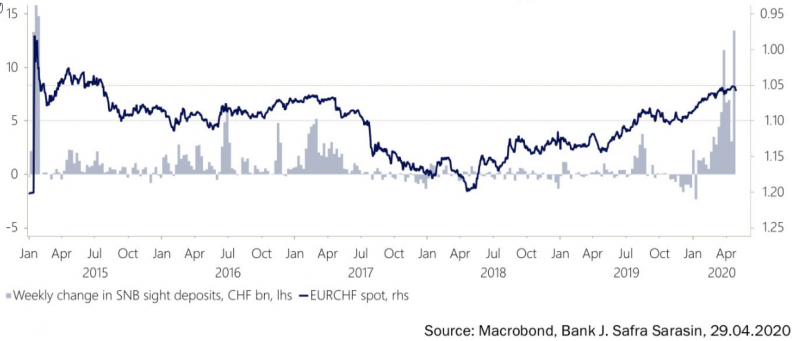
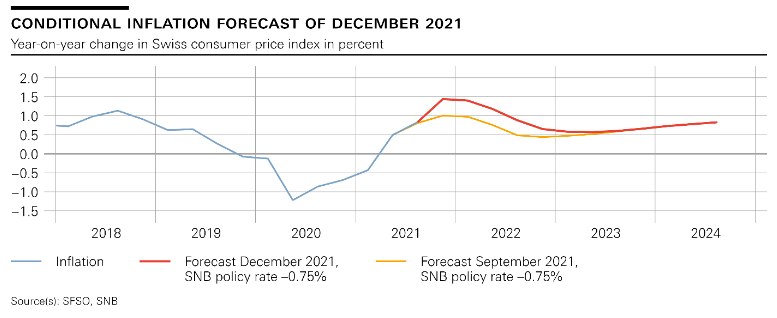

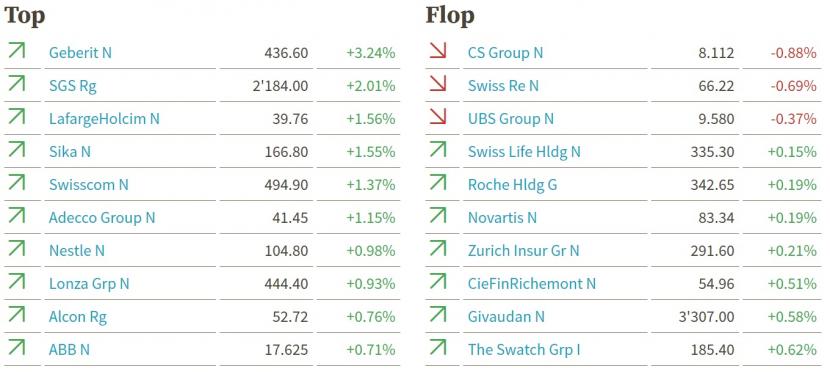
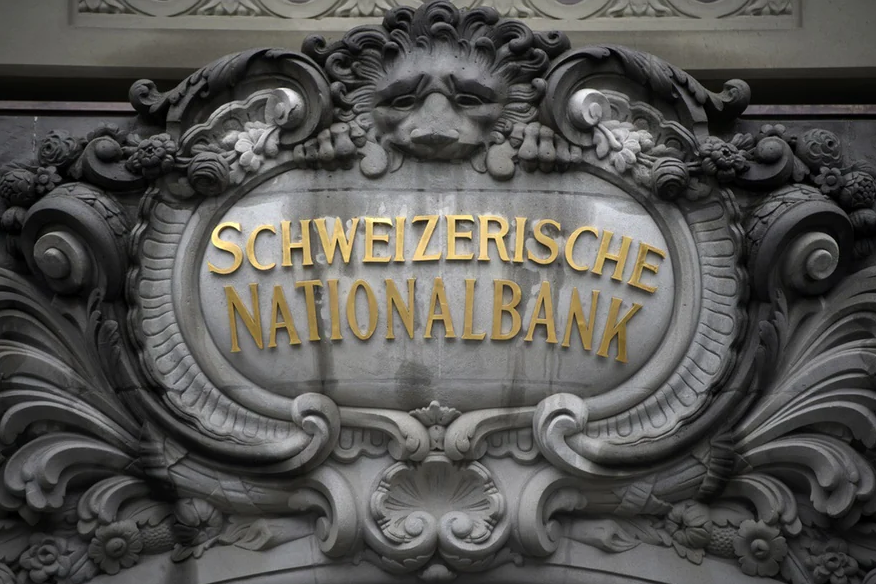

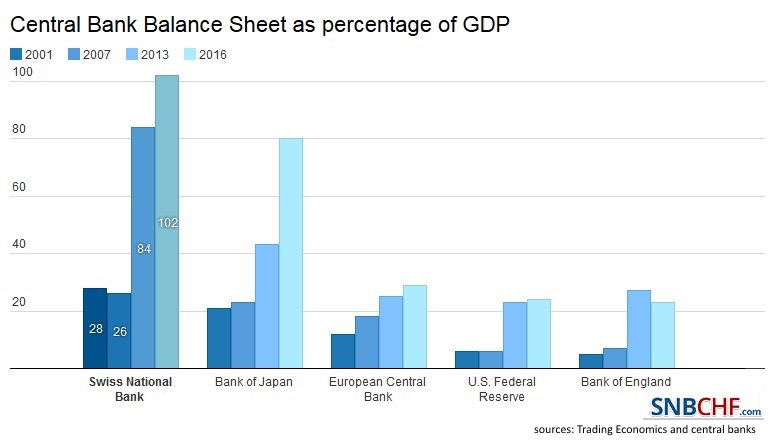







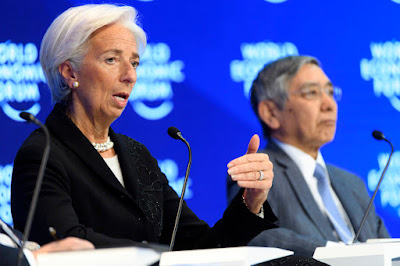



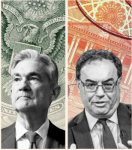

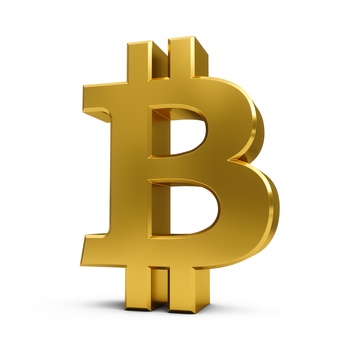
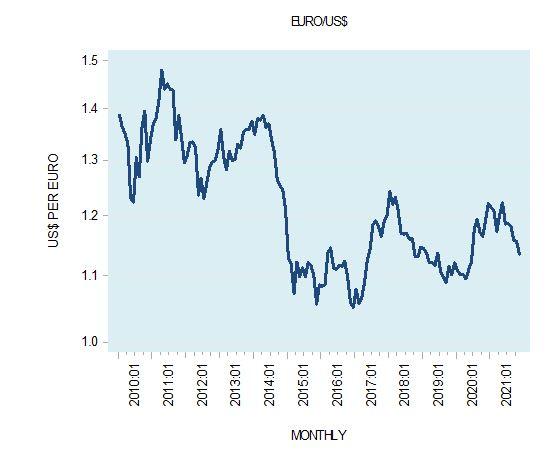


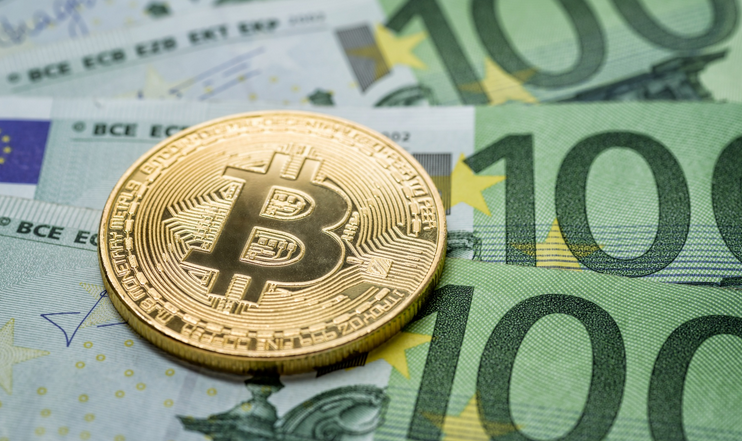
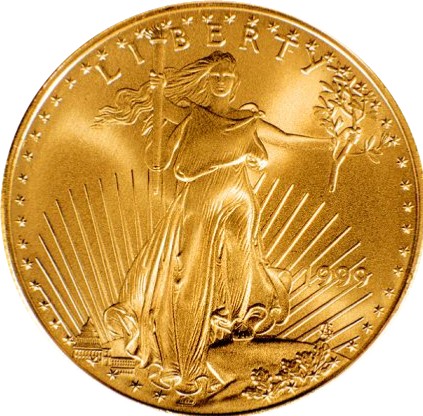



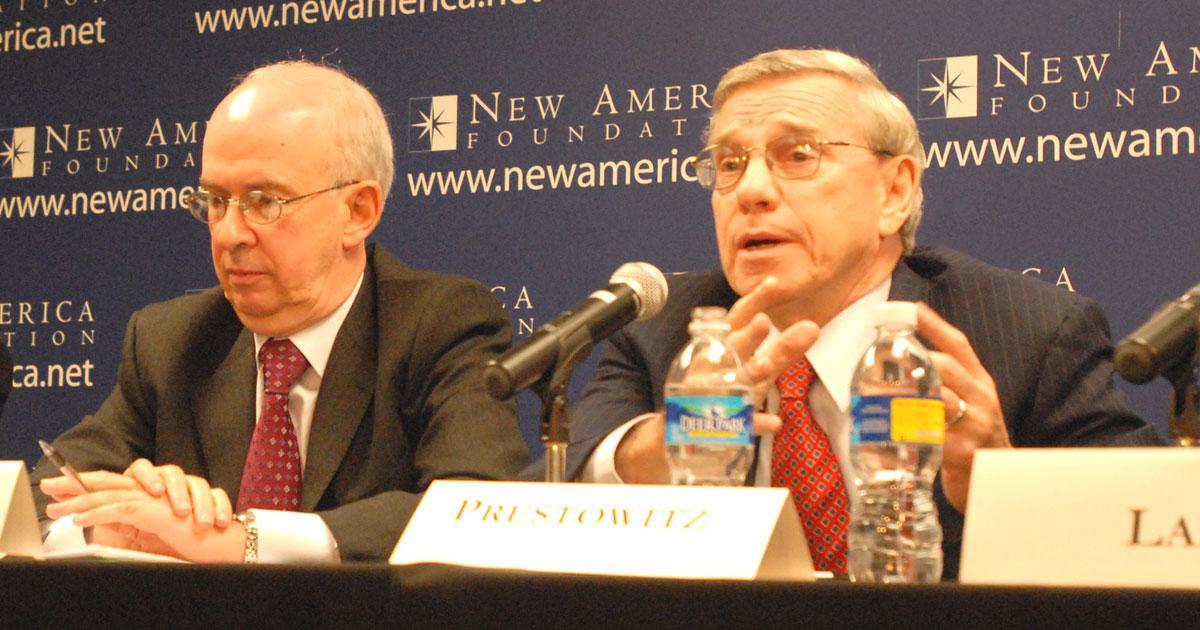

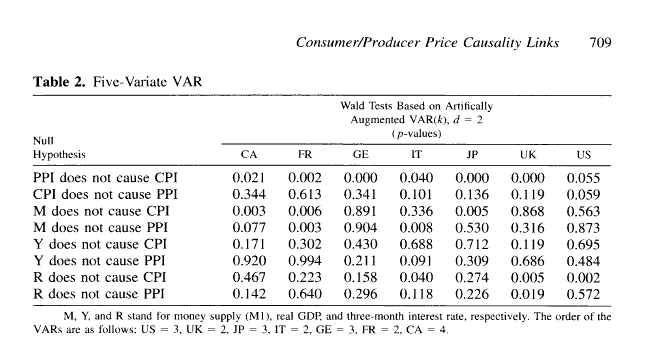
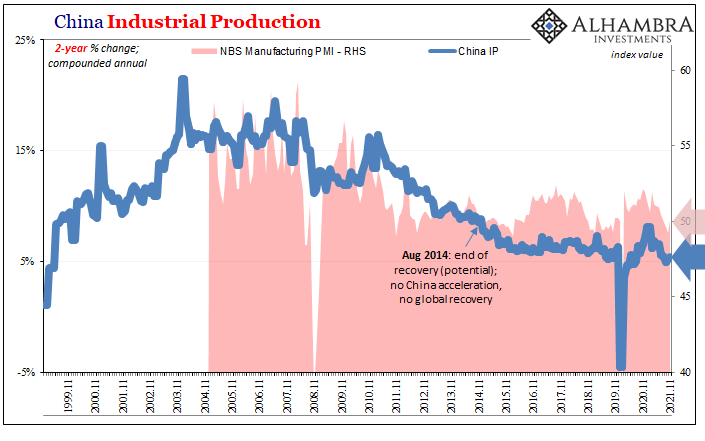

Leave a Reply